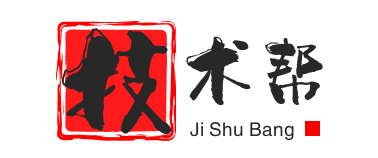CentOS 7.6
CentOS 7.6 is a popular Linux distribution that is widely used for server deployments. It is known for its stability, security, and long-term support, making it a great choice for hosting websites. In this guide, we will walk you through the process of setting up a website on CentOS 7.6.
Apache Web Server
The first step in setting up a website on CentOS 7.6 is to install the Apache web server. Apache is one of the most widely used web servers in the world, known for its reliability and performance. To install Apache on CentOS 7.6, you can use the following command:
```
sudo yum install httpd
Once Apache is installed, you can start the service and enable it to start automatically on boot with the following commands:
sudo systemctl start httpd
sudo systemctl enable httpd
You can now access your website by navigating to your server's IP address in a web browser.
MySQL Database
Many websites require a database to store and retrieve data. MySQL is a popular open-source database management system that is commonly used with websites. To install MySQL on CentOS 7.6, you can use the following command:
sudo yum install mariadb-server mariadb
After installing MySQL, you can start the service and enable it to start automatically on boot with the following commands:
sudo systemctl start mariadb
sudo systemctl enable mariadb
You can then secure your MySQL installation by running the following command:
sudo mysql_secure_installation
Follow the on-screen prompts to set a root password and secure your MySQL installation.
PHP
PHP is a popular server-side scripting language that is commonly used in web development. To install PHP on CentOS 7.6, you can use the following command:
sudo yum install php php-mysql
After installing PHP, you will need to restart the Apache web server for the changes to take effect:
sudo systemctl restart httpd
You can now create a PHP file in the Apache web server's document root directory to test your PHP installation. For example, you can create a file named "info.php" with the following content:
```php
phpinfo();
?>
You can then access this file in a web browser to see information about your PHP installation.
Setting Up Your Website
To set up your website on CentOS 7.6, you will need to create a directory in the Apache web server's document root directory to store your website files. You can then upload your website files to this directory using FTP or SCP.
You will also need to create a virtual host configuration file for your website in the Apache configuration directory. This file will specify the settings for your website, such as the domain name, document root directory, and other options.
After creating the virtual host configuration file, you will need to restart the Apache web server for the changes to take effect:
You can now access your website by navigating to the domain name you specified in the virtual host configuration file in a web browser.
In conclusion, setting up a website on CentOS 7.6 involves installing and configuring the Apache web server, MySQL database, and PHP scripting language. By following the steps outlined in this guide, you can have your website up and running on CentOS 7.6 in no time.

